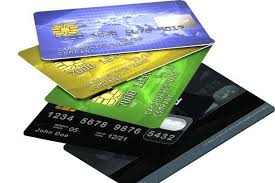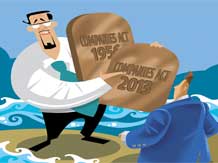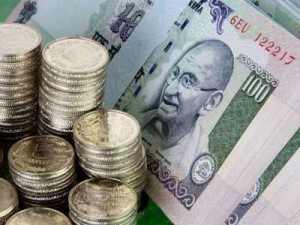In the advent of the 21st century, the way we normally make our payments are also evolving to make our life easier and our payment systems more secure.
Since the start of this century, we have seen that cashless transactions are slowly but surely becoming an important part if our payments structure.
The old daddy among them is the Cheque. They existed in some form from the Mauryan Age in India, however the Cheque’s we see now were formally introduced in India in 1770 by the Bank of Hindustan and the first act formulating the various nuances of the Cheque payment system was the Negotiable Instruments Act, 1881. The Cheque formed a major part of our cashless transactions in the 19th and 20th Century.
It was in the late 19th century that the new methods which facilitated cashless transactions were developed. The most prominent among them were the Debit and the Credit Cards. Though the debit cards were mainly introduced to make it easier for people to withdraw cash from the Automatic Teller Machine(ATM) and to reduce the pressure on Banks, but now with the Merchant Acquiring part of the network which facilitates these Cashless transactions getting better, banks have started offering various incentives for people who make their payments using their Debit or Credit Cards. Now, with RBI introducing India’s own domestic card scheme the ‘RuPay’ card, these segment is there to become bigger and more popular with the general public.
The Credit Card in India was introduced by the Central Bank of India. Though the credit card business in India is not as big as the other developed countries, the business is growing at a fast pace. According to the RBI, there were 18.8 million credit cards in the country at the end of November, 2013. HDFC Bank remained the largest issuer of credit cards with a base of 5.1 million cards.
The other important form of Cashless Transaction is Internet Banking. However, this is still in its nascent stage as to use these facility the e-commerce sites have to link up with banks and not all the e-commerce sites have tie-ups with all the banks so some customers lose out.
However, to remove this shortcoming the RBI has formed a committee under Prof. Umesh Bellur to look into a possibility of a centralized bill payment system, where the customers can pay their various bills from anywhere and anytime they want. The name of the committee is the GIRO (Government Internal Revenue Order) Advisory Committee. And, the committee has submitted its report which says that a tiered structure the Bharat Bill Payment System(BBPS) will be created to facilitate this.
Another, notable form of Cashless Transaction is Mobile Banking.
Click here for government certification in Accounting, Banking & Finance





7 Comments. Leave new
Good effort!
Extremely well written. Introduction of credit cards was a revolution in the banking sector and since then, things have never been constant. Also mobile banking has made things easy and less time consuming. Cashless transactions are effective and efficient.
Well written.. didnt knew that cheques were used long back
Cashless transaction is the revolution and future.. Good article..
Well written!
well articulated.. nice!
well written…